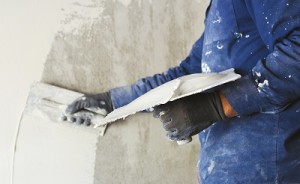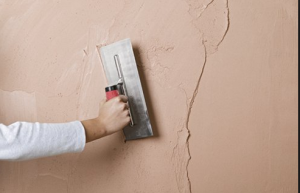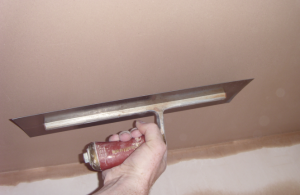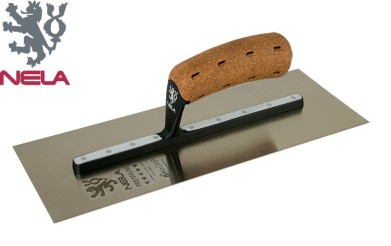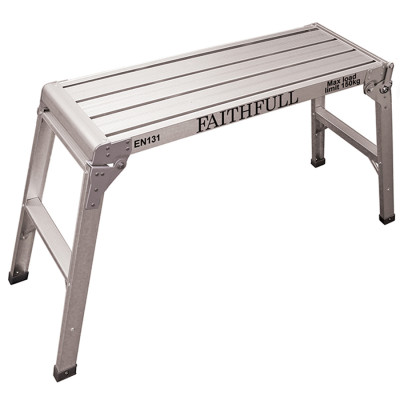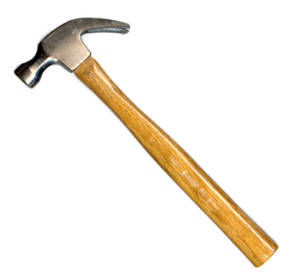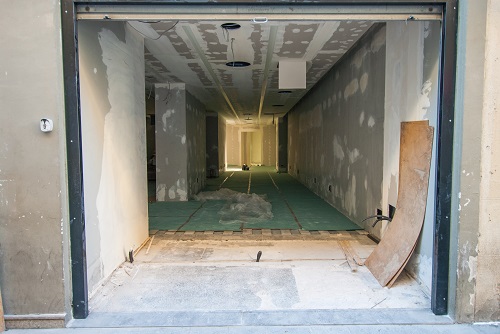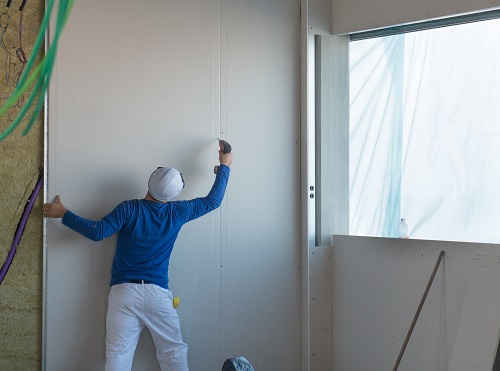When you’re plastering a room or putting up drywall, one of the hardest and most frustrating bits to get done can be the corners – especially the hard to reach ones.
And typically, it’s the first bit of plastering in a room that needs to be right, in order for it to look like a good job. Smooth, sharp inside and outside corners can make the whole wall look good, so it’s important to do it well and this is where a corner trowel can be worth its weight in gold.
Some specific benefits include the time saved in getting your corner right first time. It can also mean you have to go over the same spot fewer times and when hard to reach corners are involved there’s less chance of you having a sore arm at the end.
This handheld device fits perfectly into the corners of the room, making it the ideal tool to enable flatter, smoother surfaces in the end.

While most corners will be 90 degrees, the trowel can also come as an adjustable tool or in a variety of sizes to ensure it fits whichever angle you’re going for. Many also have a soft grip handle to go easy on your hands and the blade can be made of stainless steel and rust-resistant to ensure long-lasting use.
Finish the job faster!
Plasterers have been in discussion for years about the need for a corner trowel when finishing your corners, but one thing remains for sure. If used properly, with the correct amount of pressure applied, a corner trowel will help you finish the job faster, leaving better results in the end. It’ll also leave you with fewer aches and pains afterwards because it’s less of a struggle to get the corners right.
What they allow you to do
A corner trowel is useful if you’re taping a corner joint when putting up drywall too. After you’ve used the drywall knife to apply the mud to your corners, all you need to do is measure a piece of drywall tape that’s the length of the wall and fold it in half.
Apply the drywall tape fold to the corner and press it tightly to the wall, squeezing out any excess mud. Making sure you squeeze out the excess mud will reduce the bubbles and help the compound to dry faster.
With moderate pressure you just run the trowel down the corner, from top to bottom, flattening the tape and removing any excess mud as you go. You can then smooth a layer of mud over the top using the trowel again.

Buy online today!
We have a huge range of plastering tools available online, which include some of the best when it comes to trowels. Check out these ones from the popular brands Marshalltown and RST.
When it comes to buying your plastering tools, we have done all the hard work for you by scouring the globe to find the best there are at the best prices, so take a look through our products, find the one that’s perfect for you and buy your corner trowel online today.


